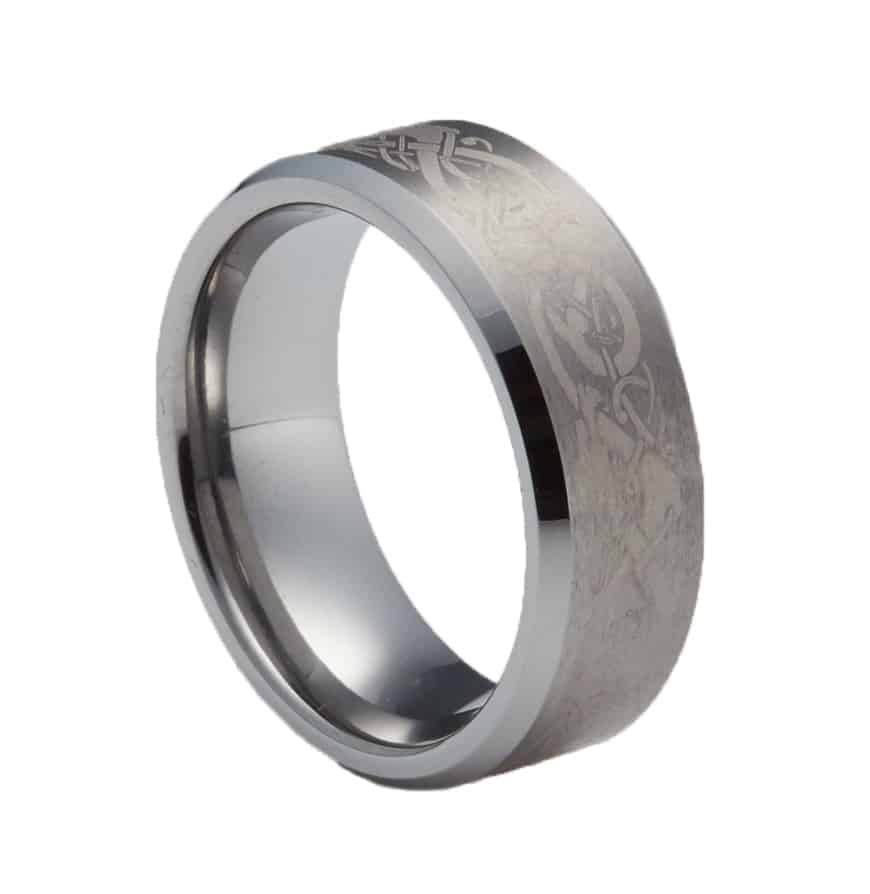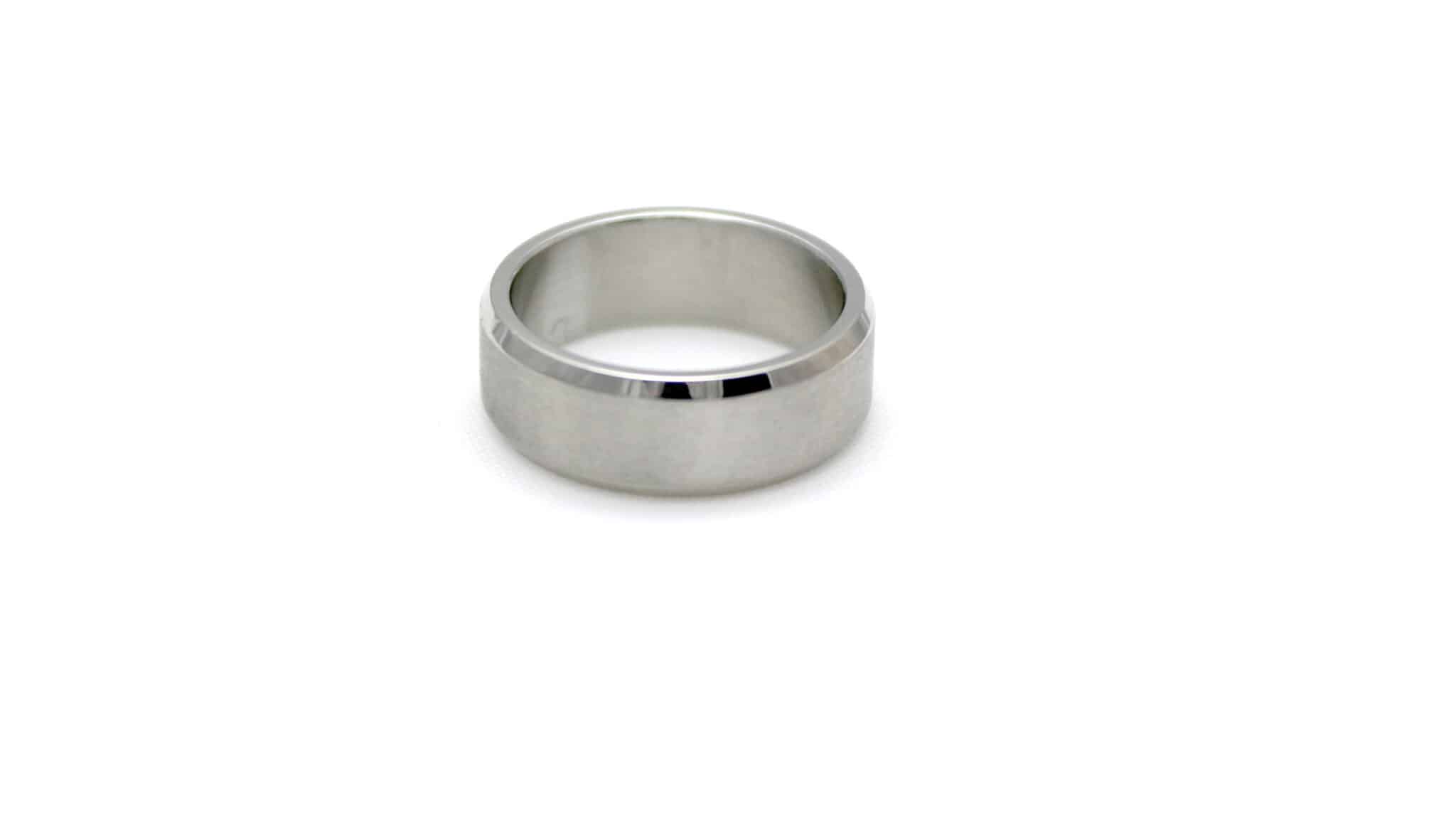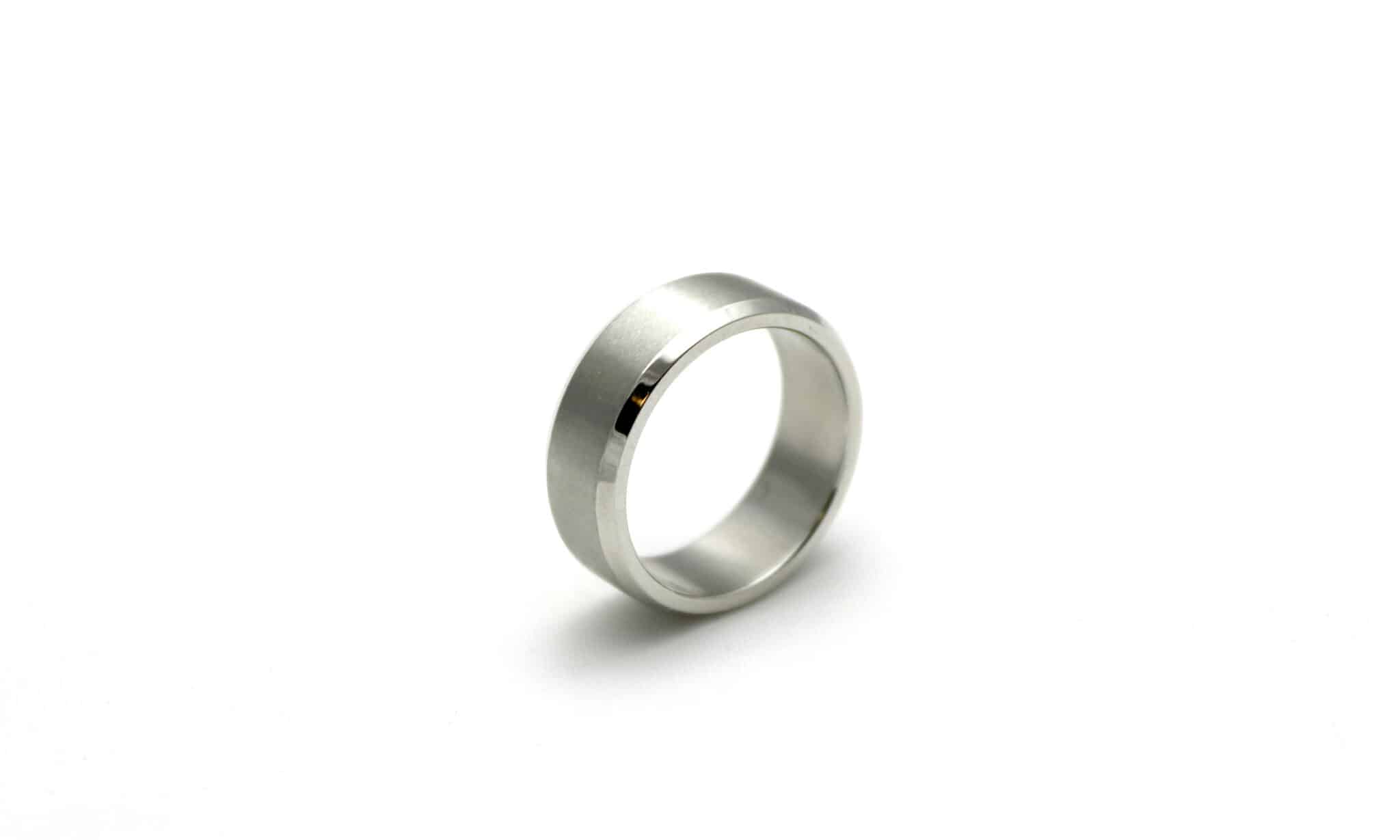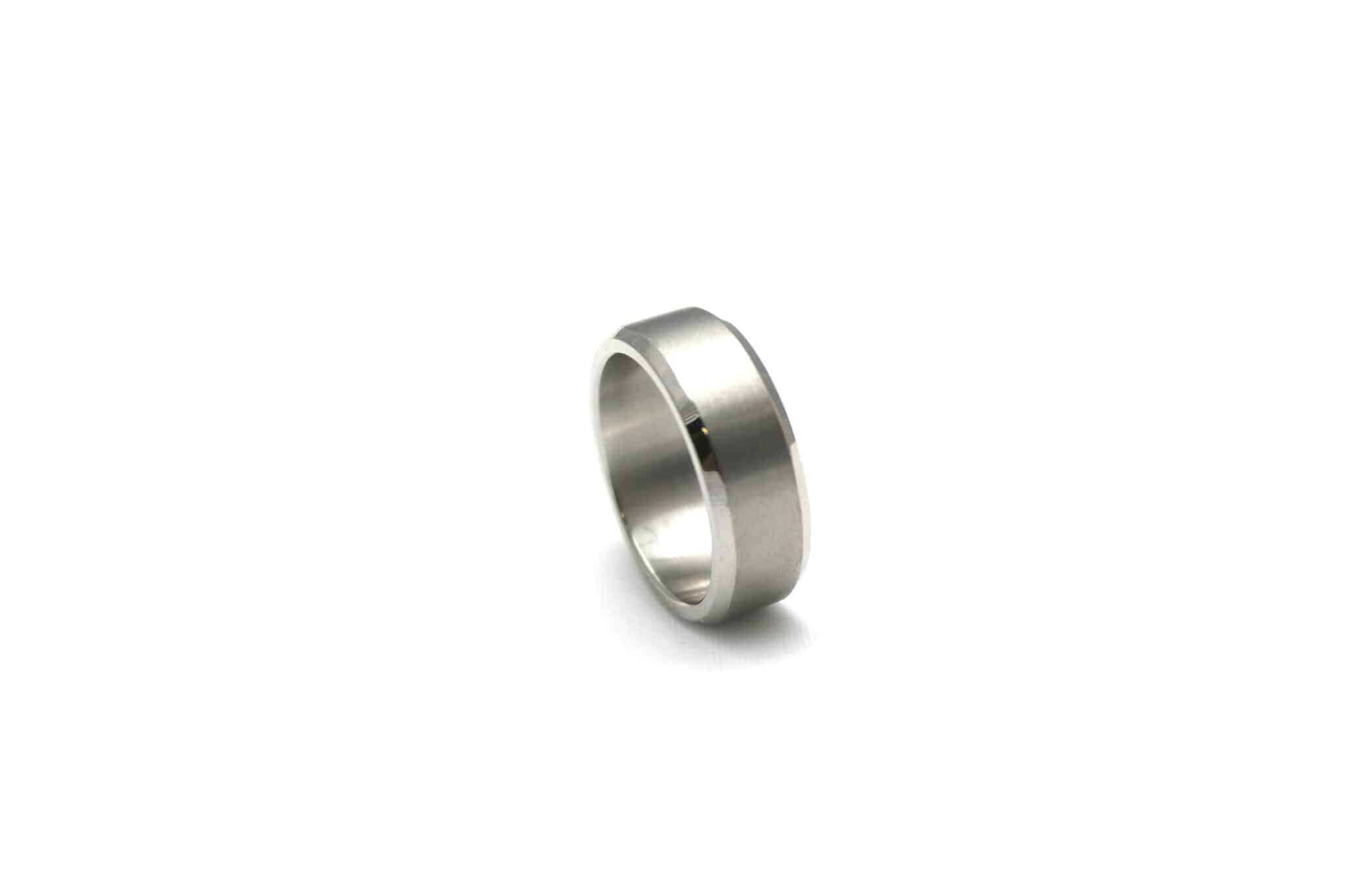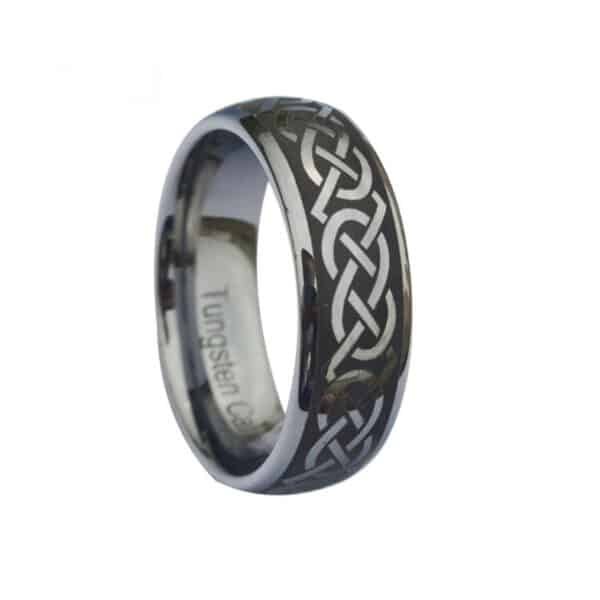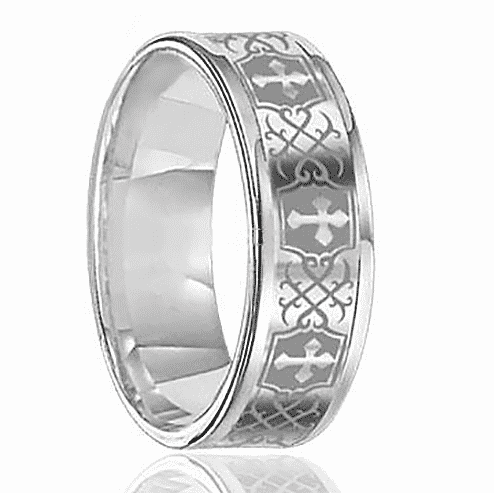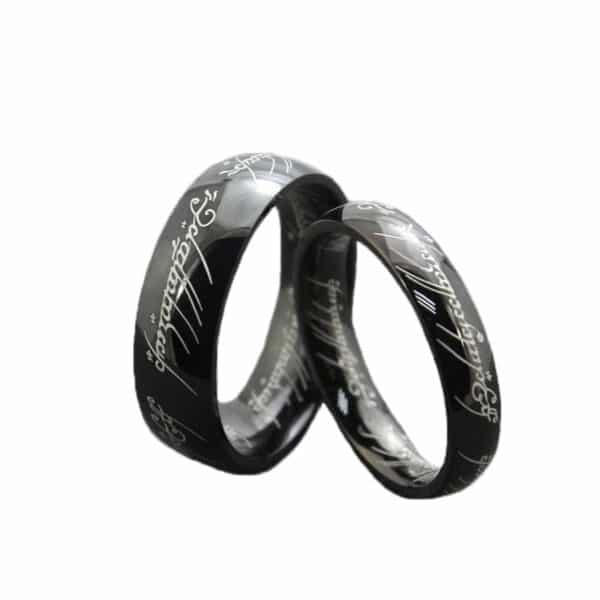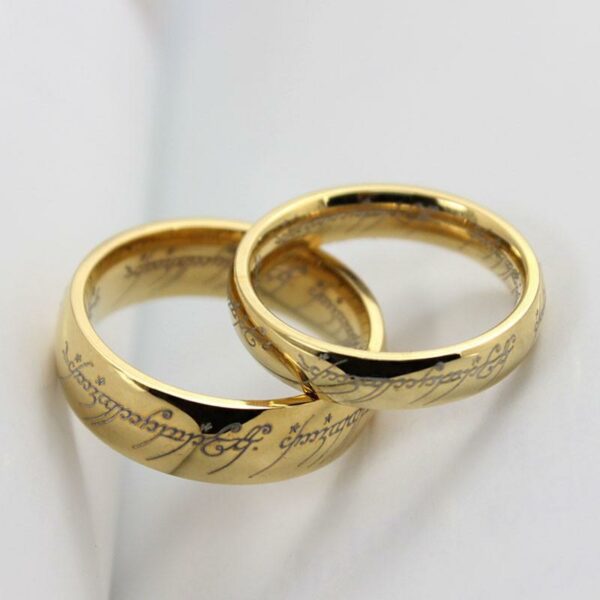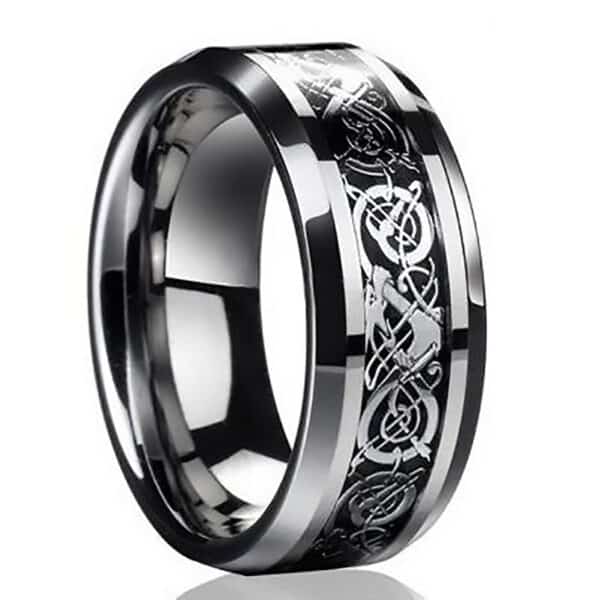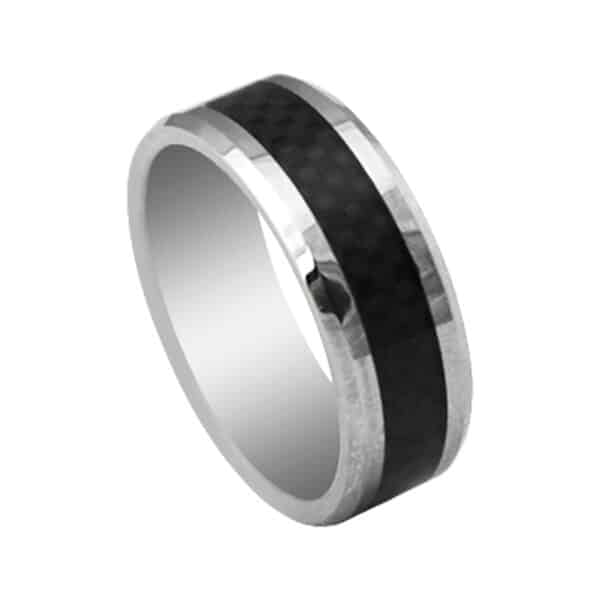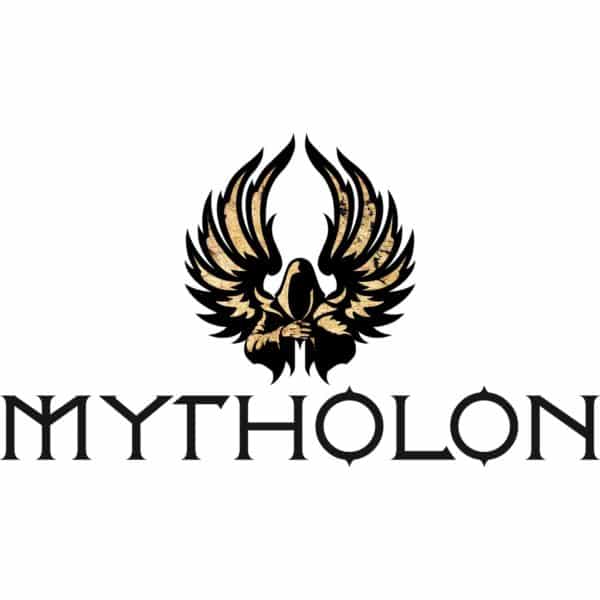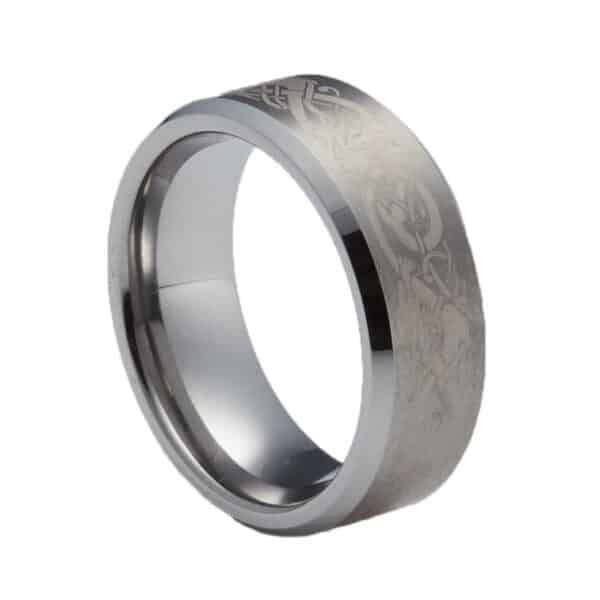The Amwolf Ring – Timeless Beauty In Tungsten
The animistic forms adorning this Amwolf Ring are a subtle interpretation of some of the more archetypal motifs that survived the Migration-Era to become part of Viking, Celtic, Germanic, and Anglo-Saxon cultures. The name “Amwolf” is an old German boy’s name meaning “Eagle Wolf”. The Amwolf ring’s part late-Urnes, part proto-Celtic style scrollwork is something primarily Viking but bears a striking similarity to styles used in pre-Christian Ireland. This is no anachronistic mistake on the part of the designers but hints at a common source to many of these motifs.
The Urnes Style On the Amwolf Ring
The Urnes style as depicted on the Amwolf Ring is considered to have begun with the Orkesta Runestones and a silver bowl found at Lilla Valla, dated 1050AD. Common threads run throughout Viking art styles, and the Amwolf Ring bears some traits of the Mammen style in addition to the Urnes. The curvilinear shape, claws, and animal renderings are slim and woven into closely-spaced patterns. Small, almond-shaped eyes and heads presented in profile are also hallmarks of the Urnes tradition seen here on the Amwolf Ring.
Öpir – Viking Runemaster
Amongst the most prolific runemasters in all of Viking history is Öpir, former apprentice to the master, Visäte. Öpir worked in the late 11th and early 12th century, mostly in eastern Uppland in Sweden. He is considered one of the masters of the Late Urnes style and has 50 signed stones in the area, in addition to another 50 that were probably carved by him. Several apprentices probably worked under Öpir, and it’s speculated that any work they did which satisfied their master, he would then sign.
Looking for more rings? Then we recommend checking out our LOTR Ring, King’s Cross Ring, and Tristan Ring!
Technical Specs
Material: Tungsten
Size: 7 -13
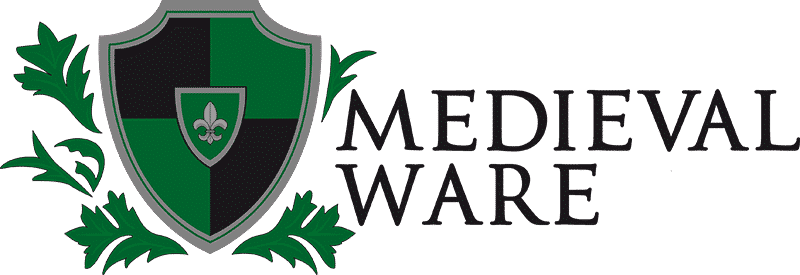
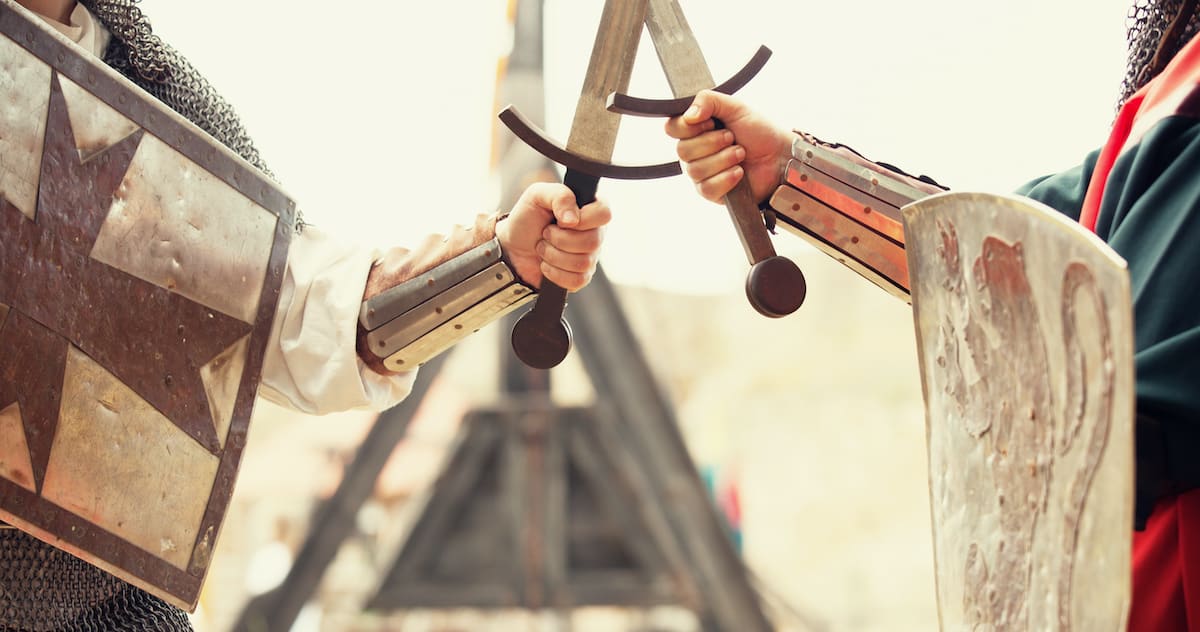 Historical Swords
Historical Swords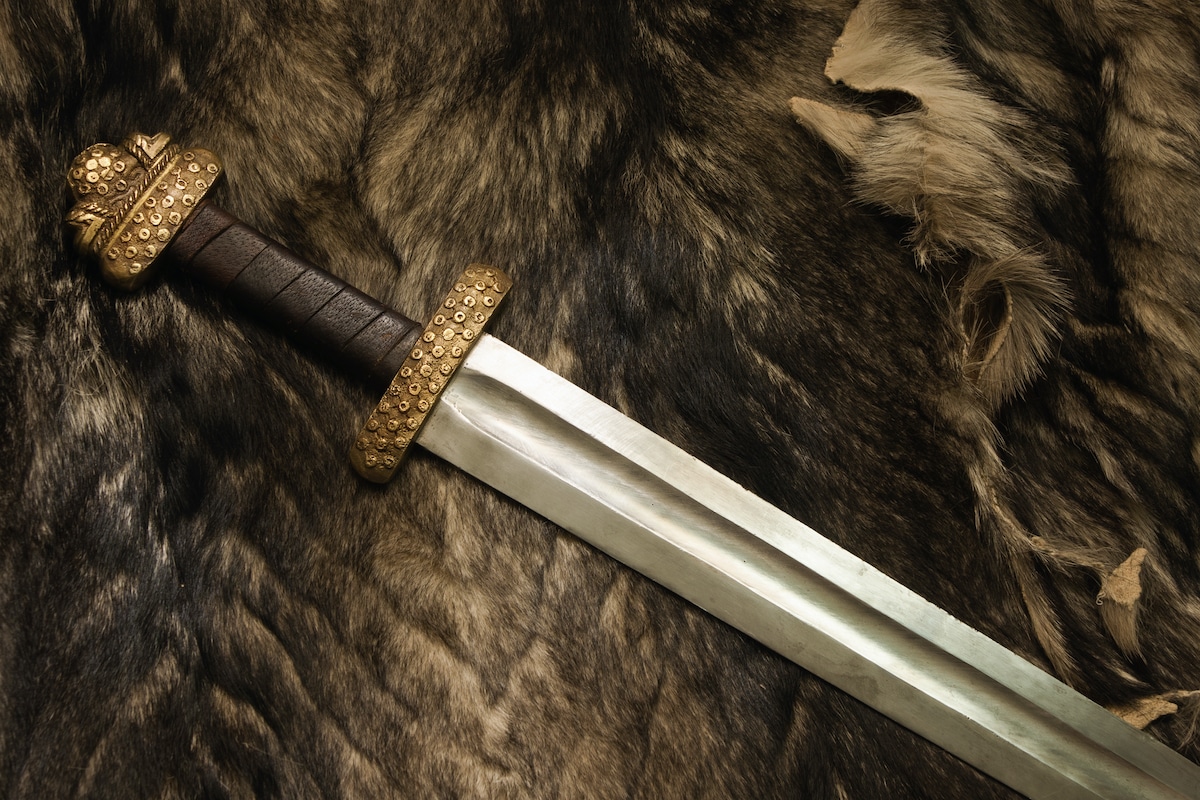 Norse & Viking Swords
Norse & Viking Swords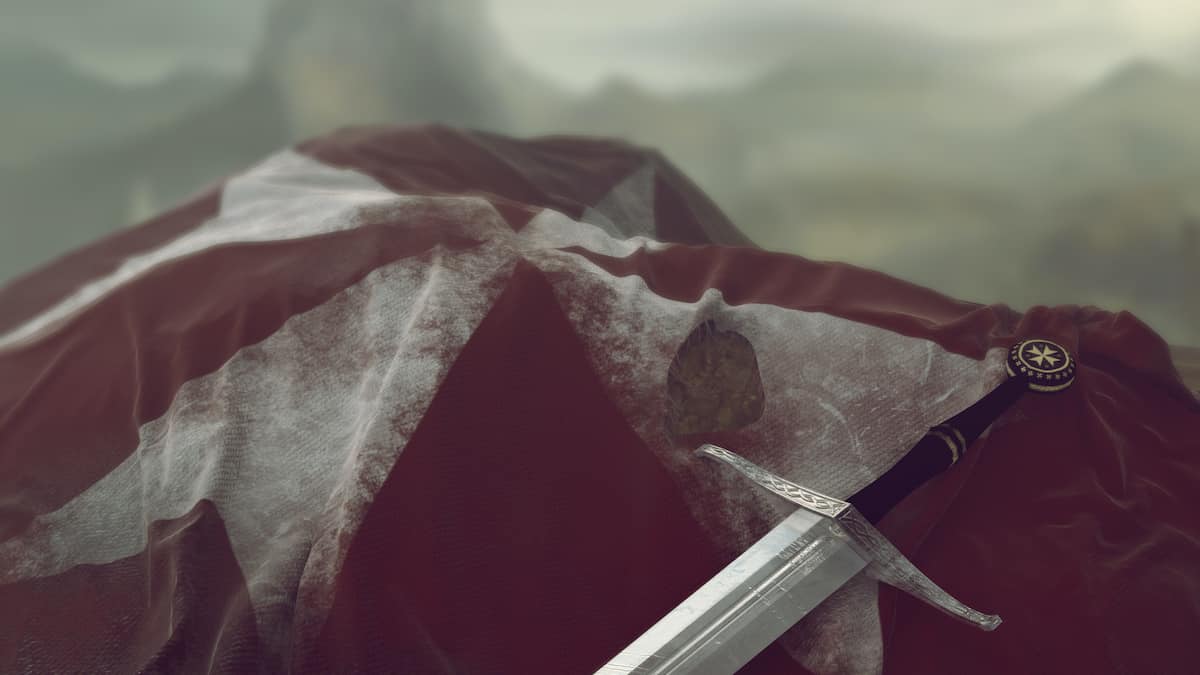 Templar Swords
Templar Swords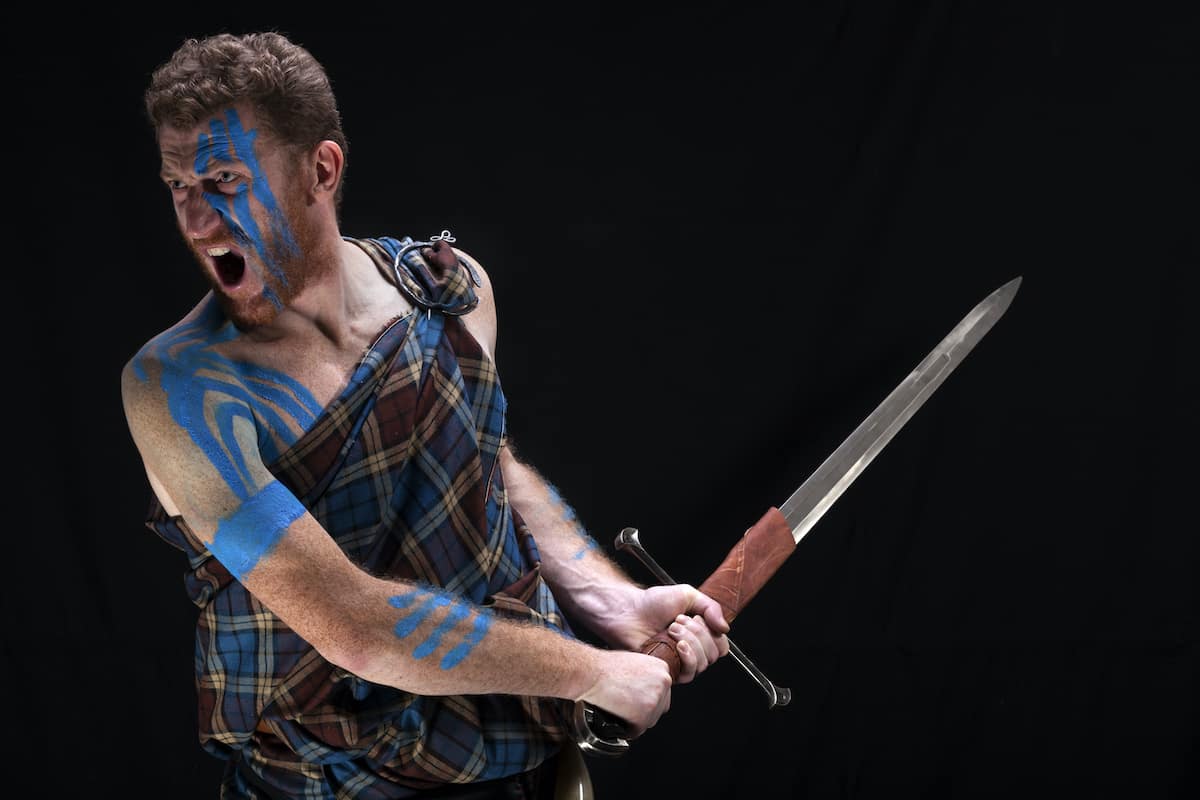 Claymore Swords
Claymore Swords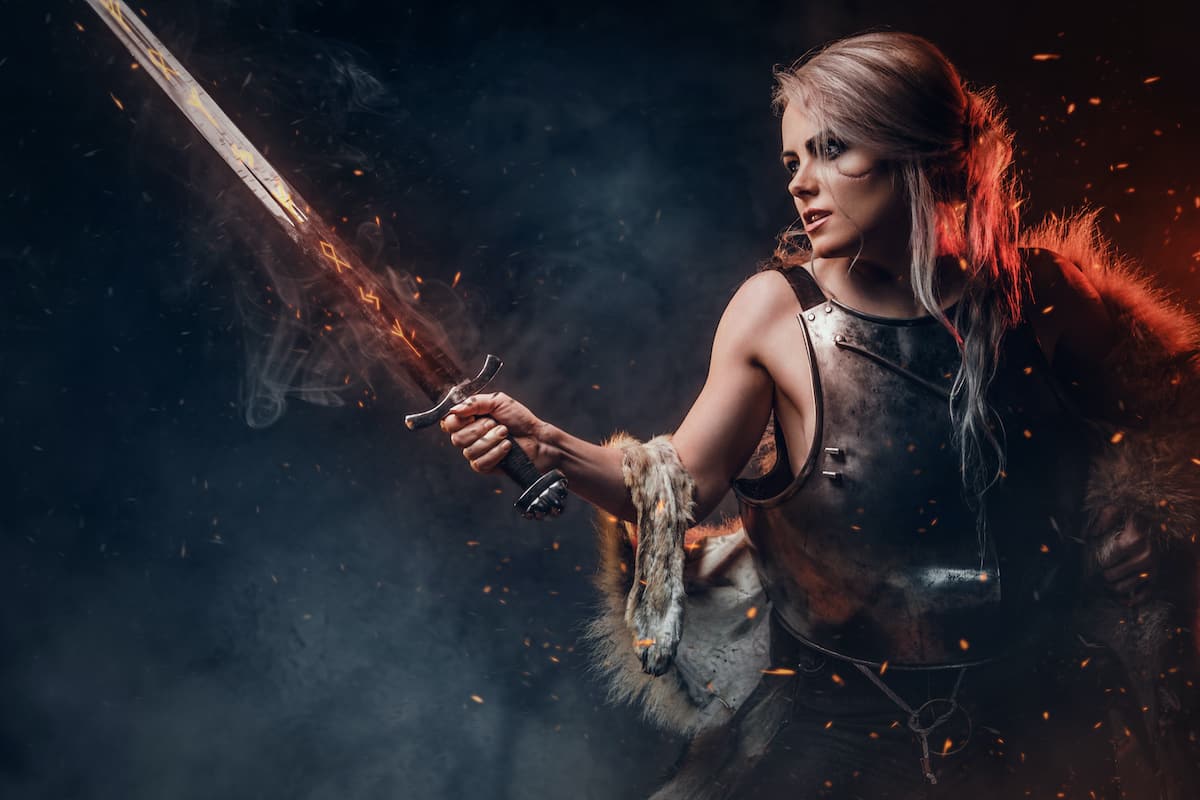 Fantasy Swords
Fantasy Swords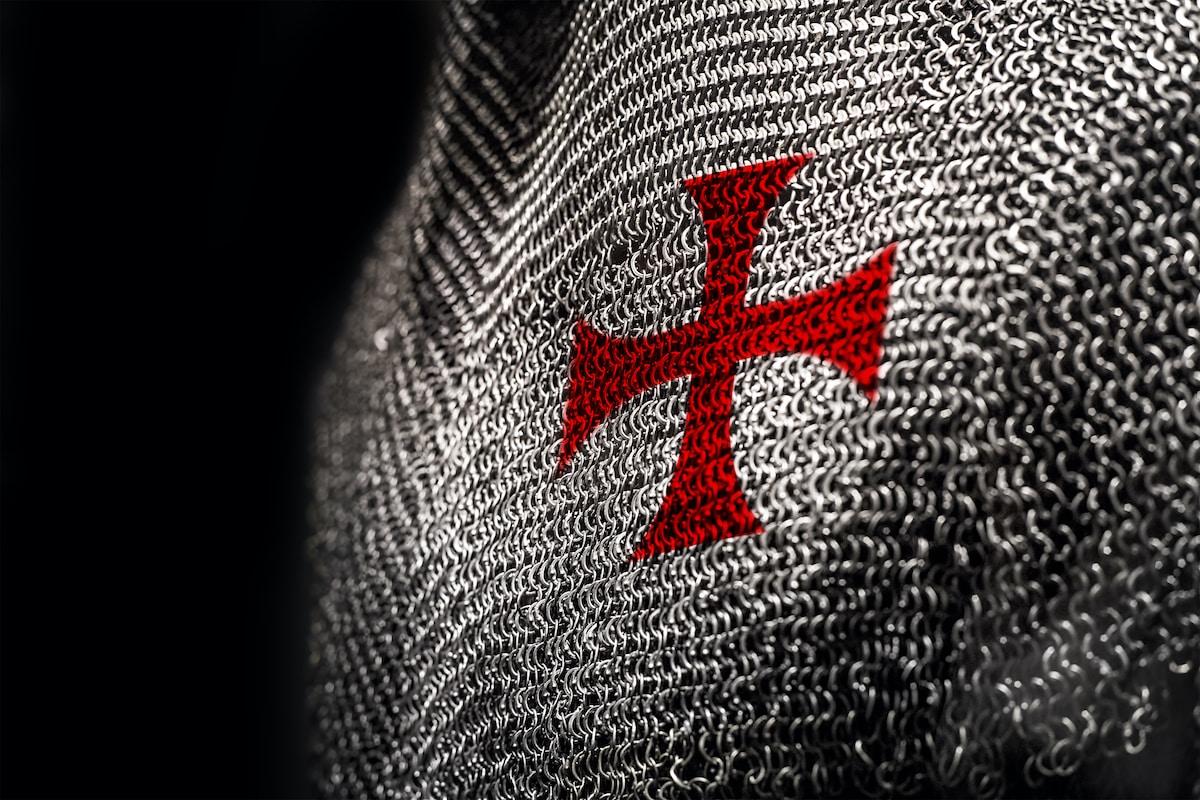 Chainmail
Chainmail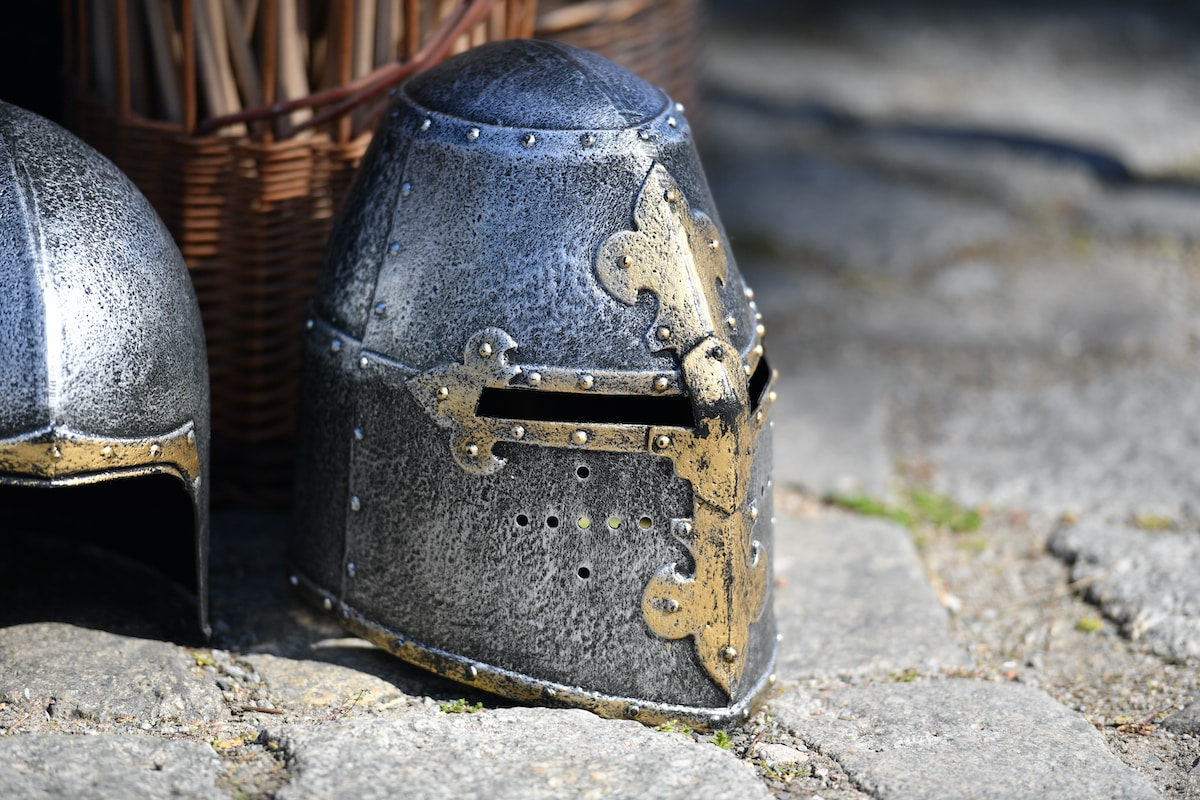 Helmets
Helmets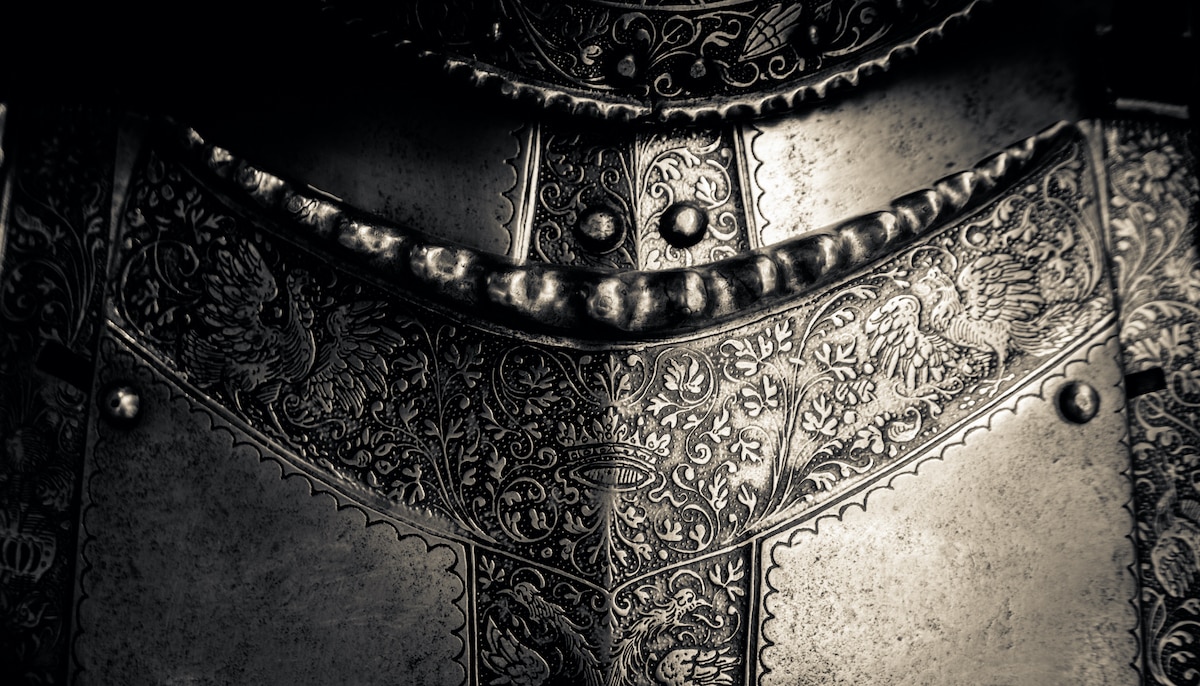 Torso Armor
Torso Armor Bracers and Arm Protection
Bracers and Arm Protection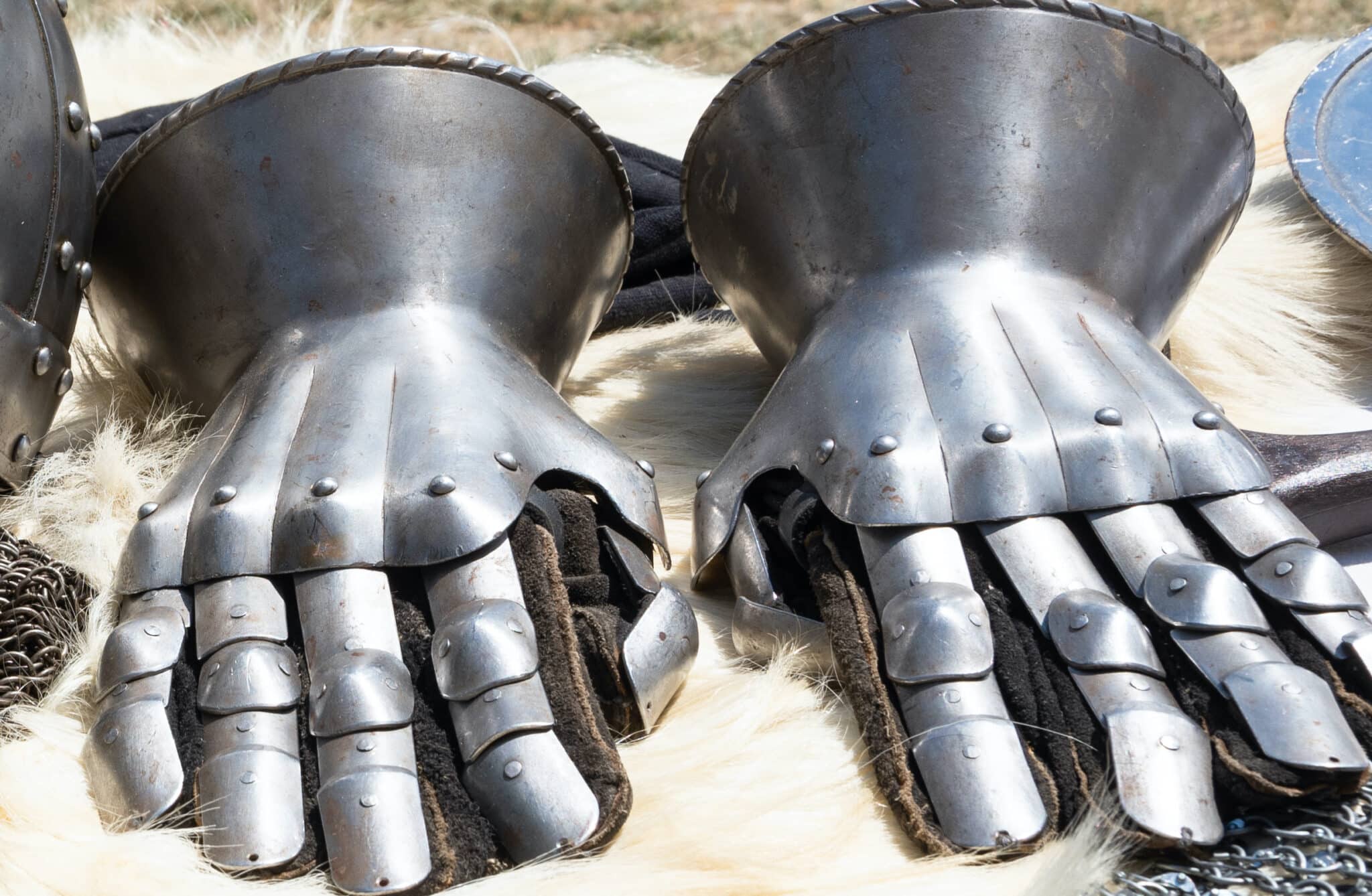 Gauntlets
Gauntlets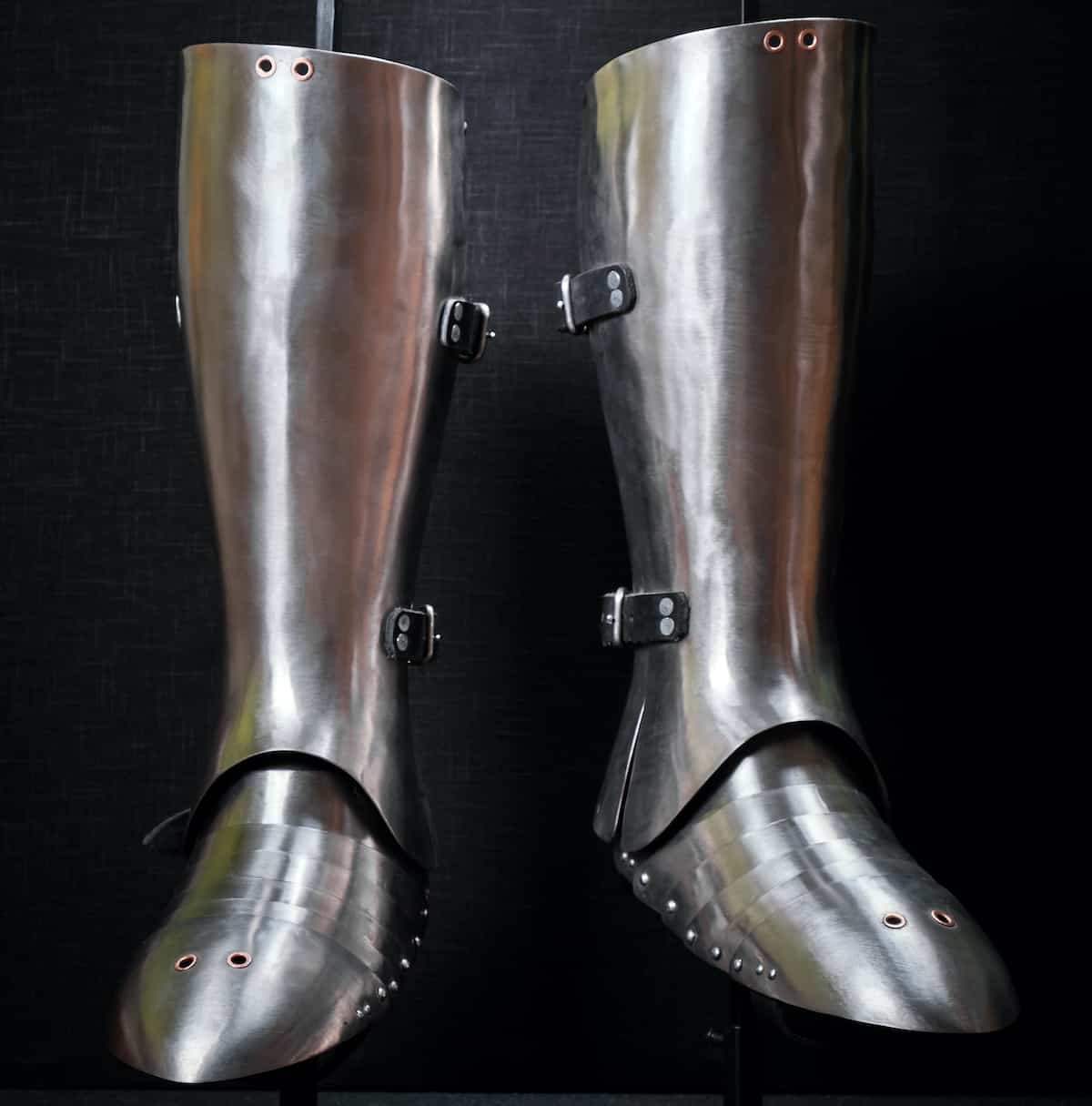 Leg Armor
Leg Armor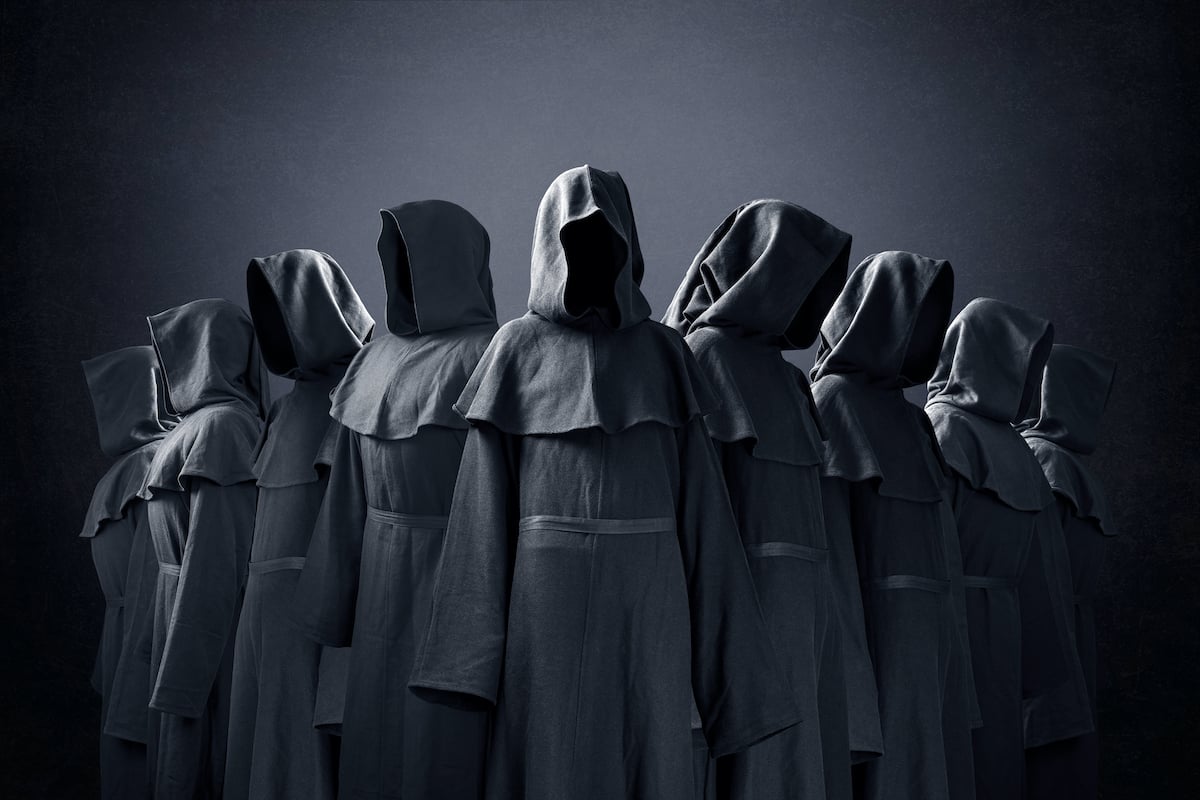 Cloaks
Cloaks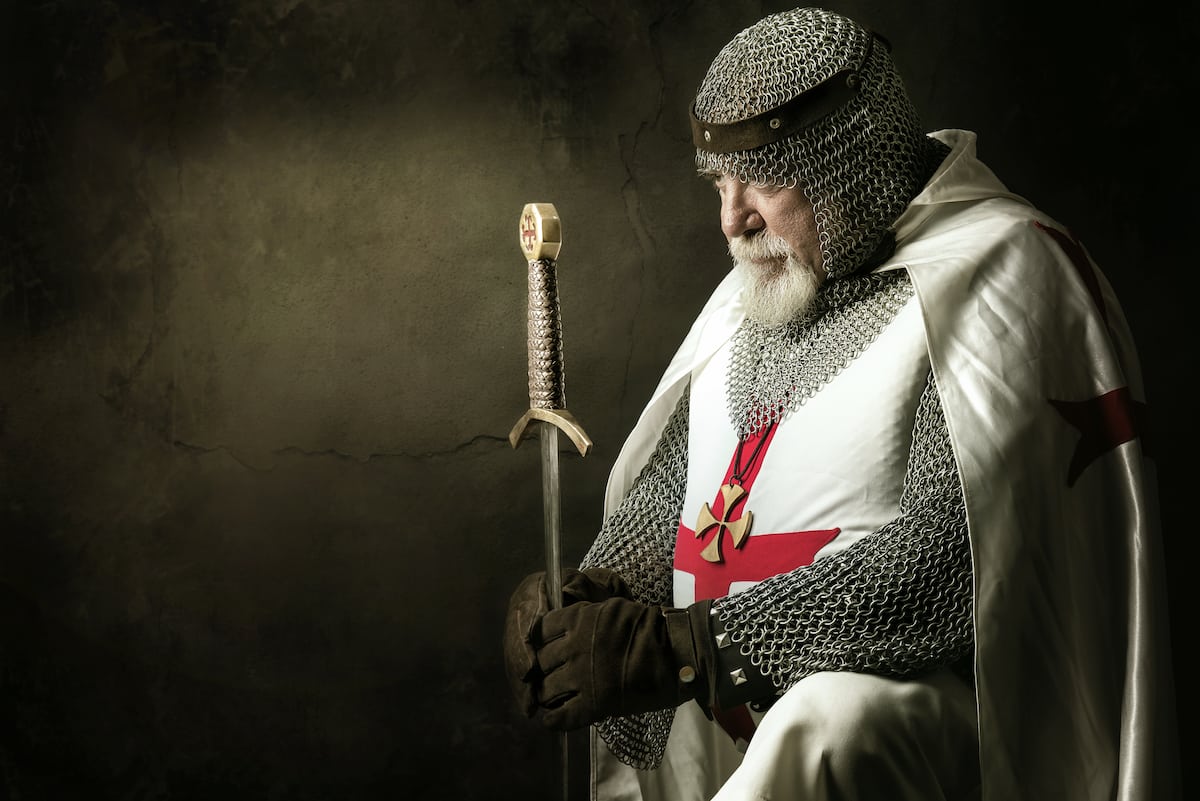 Tabards
Tabards Shirts
Shirts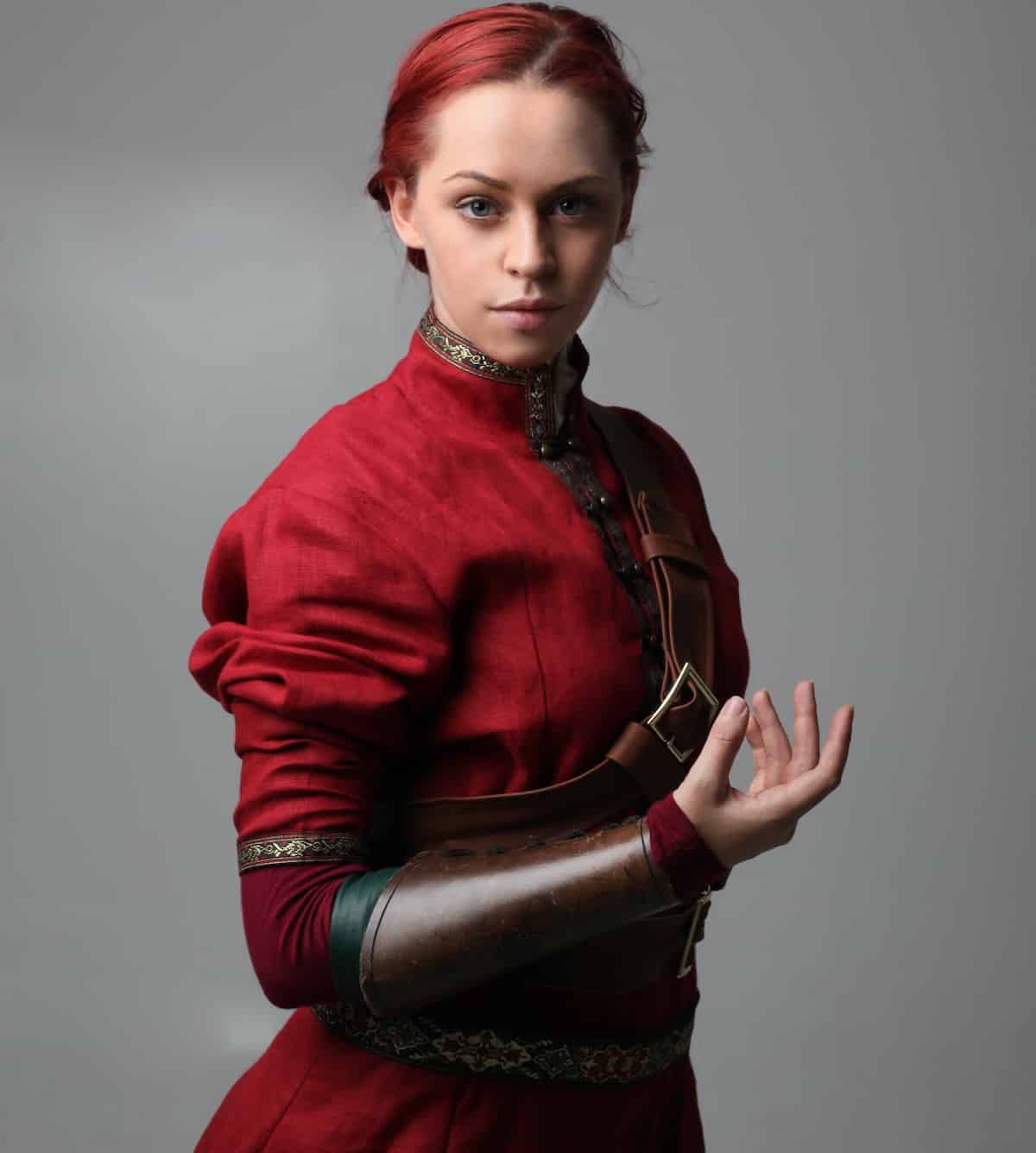 Tunics
Tunics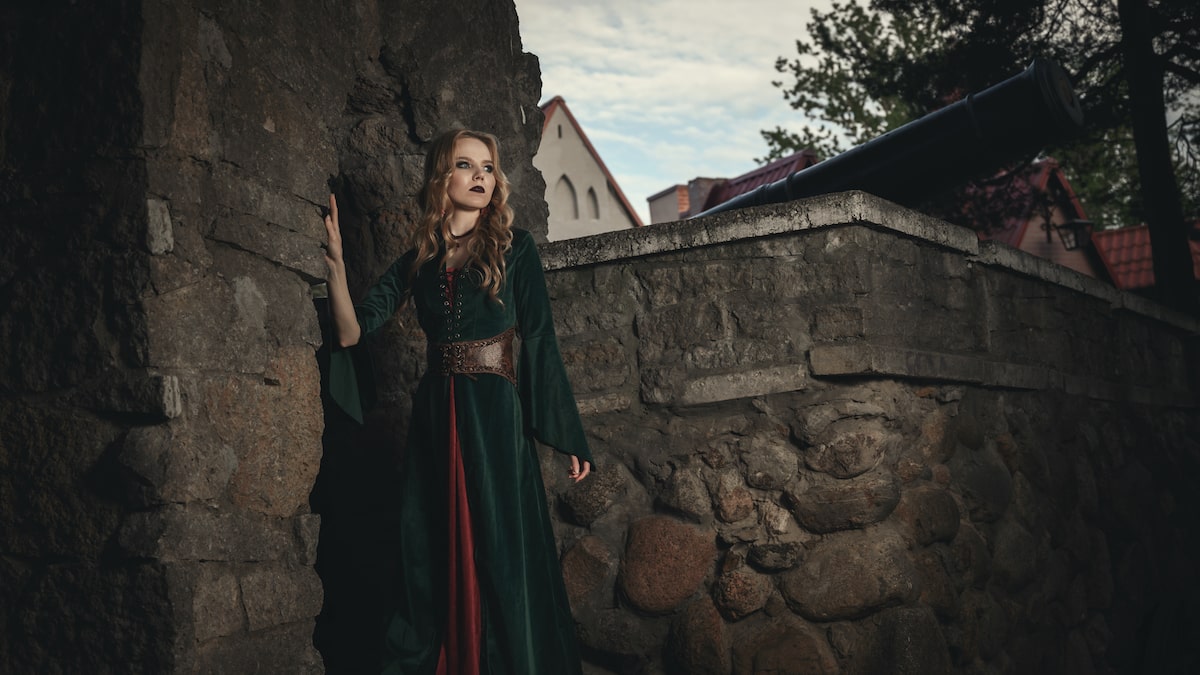 Dresses
Dresses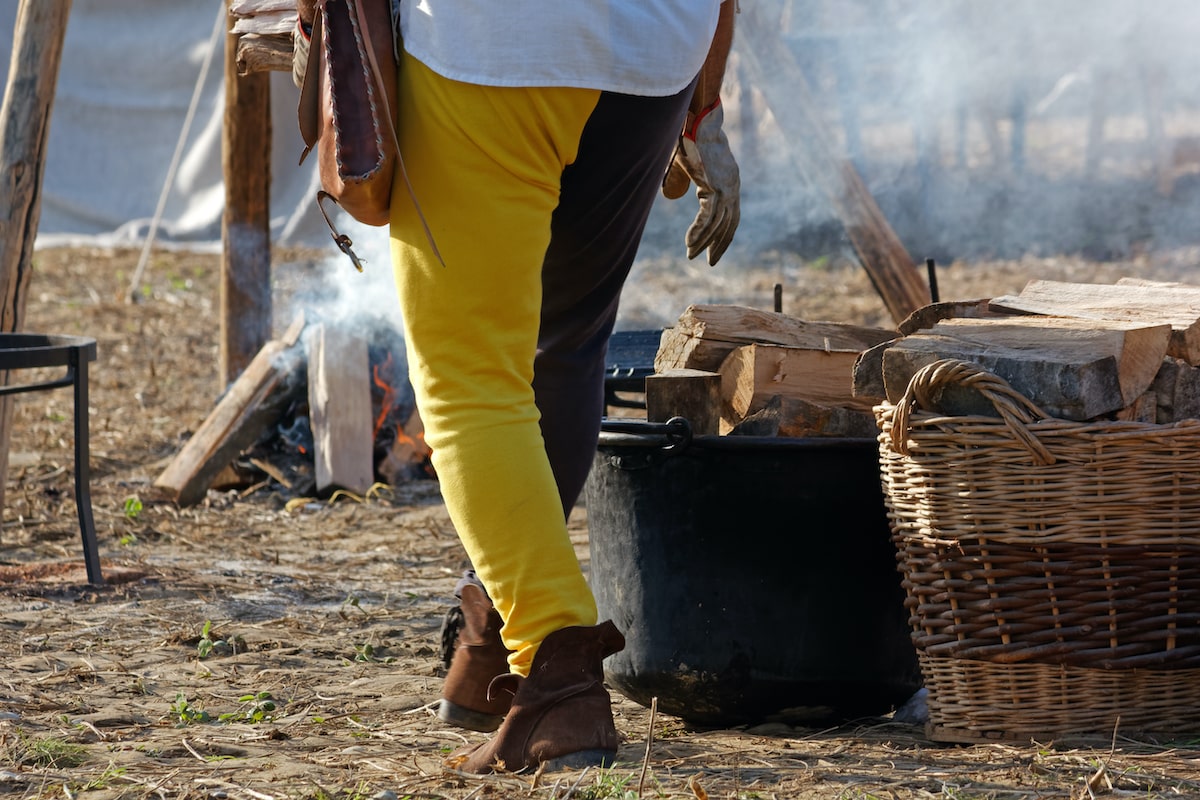 Pants
Pants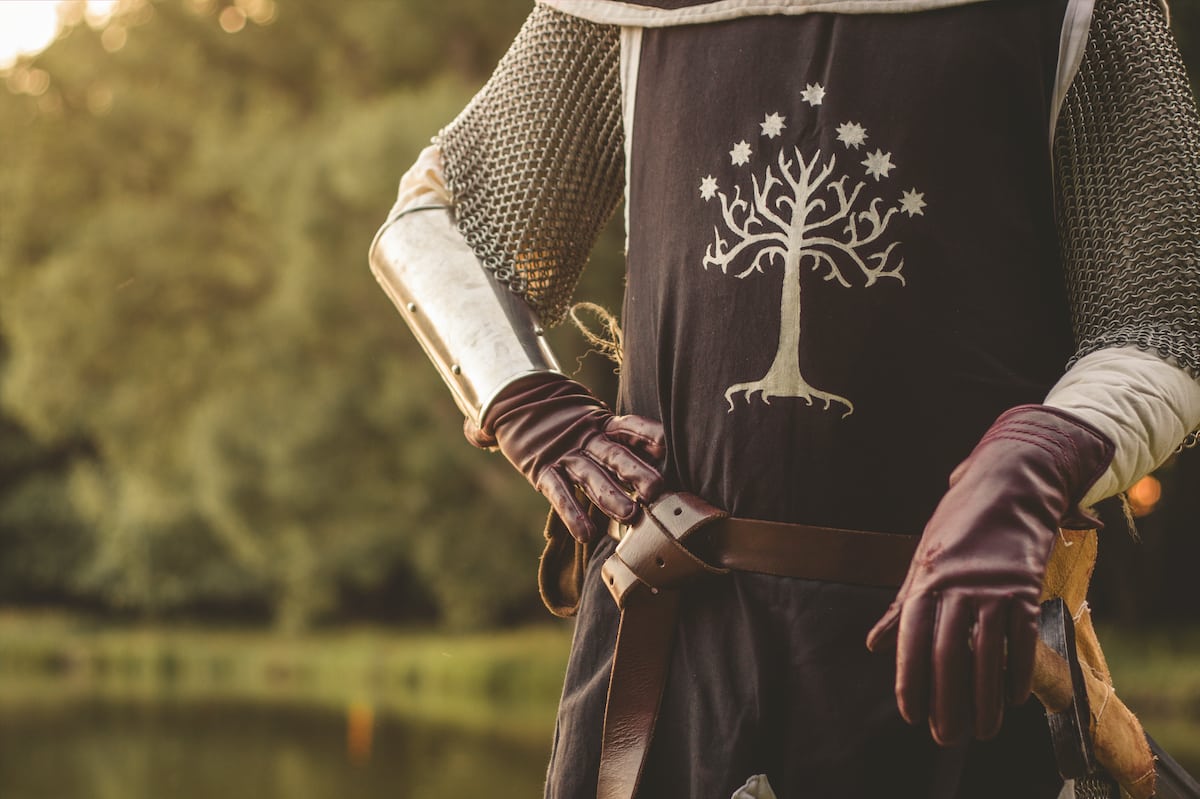 Gloves
Gloves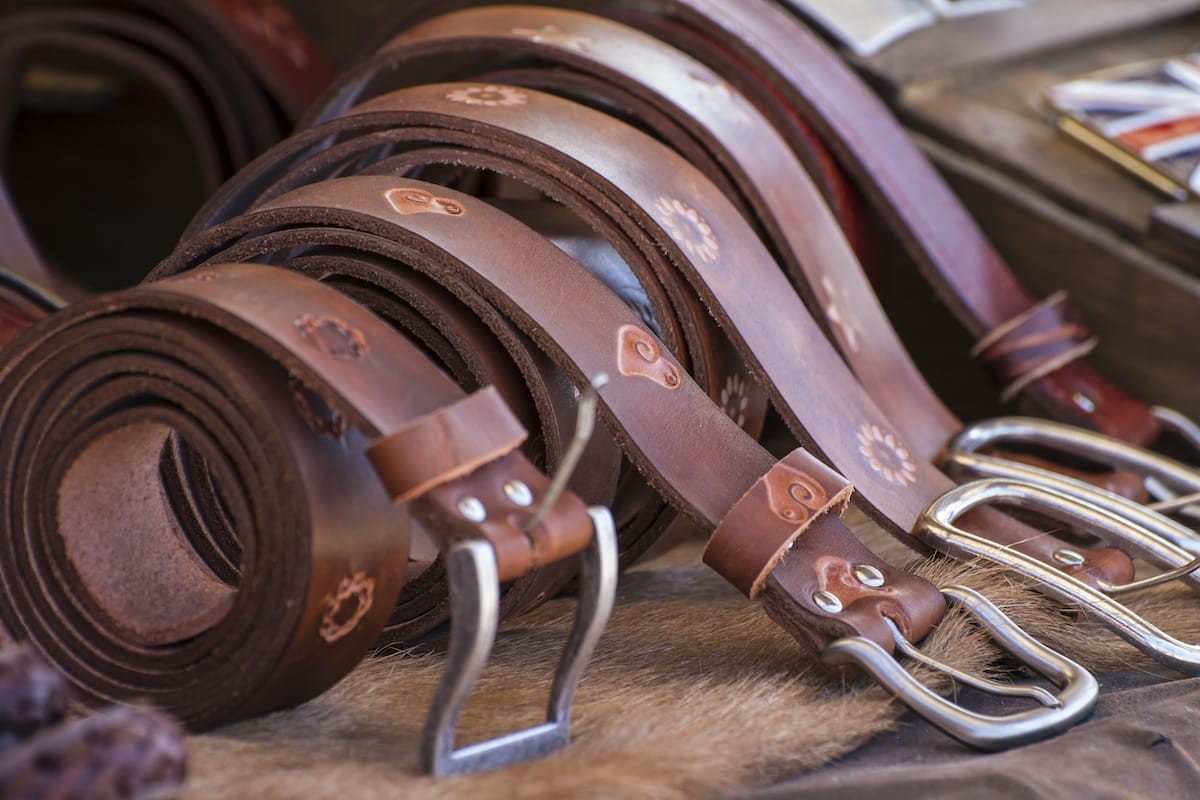 Belts
Belts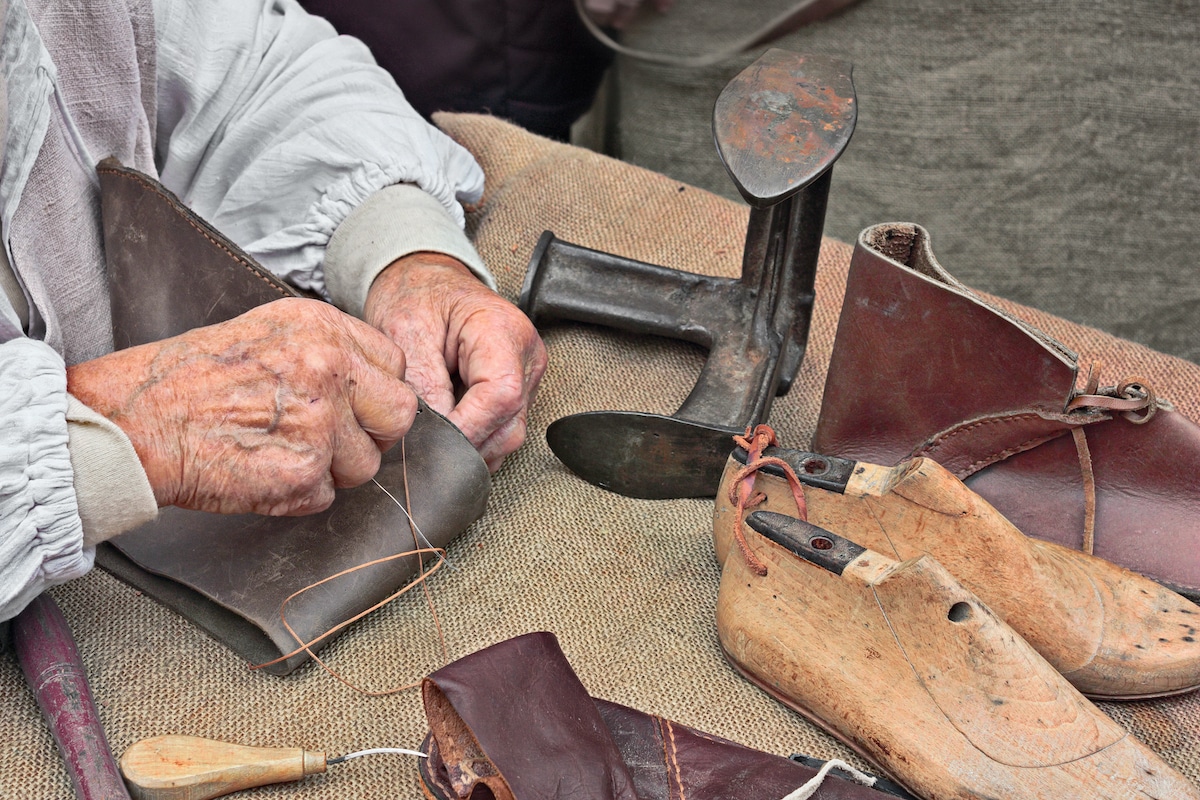 Shoes
Shoes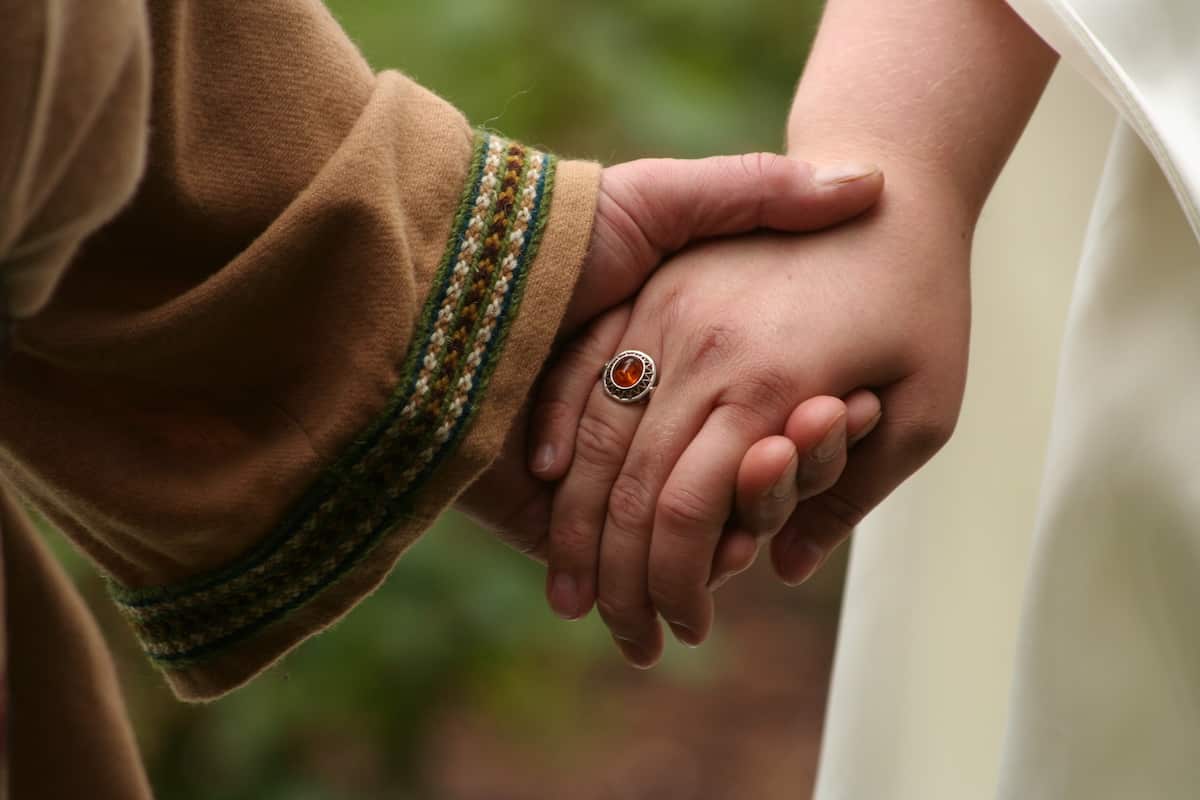 Rings
Rings Necklaces & Pendants
Necklaces & Pendants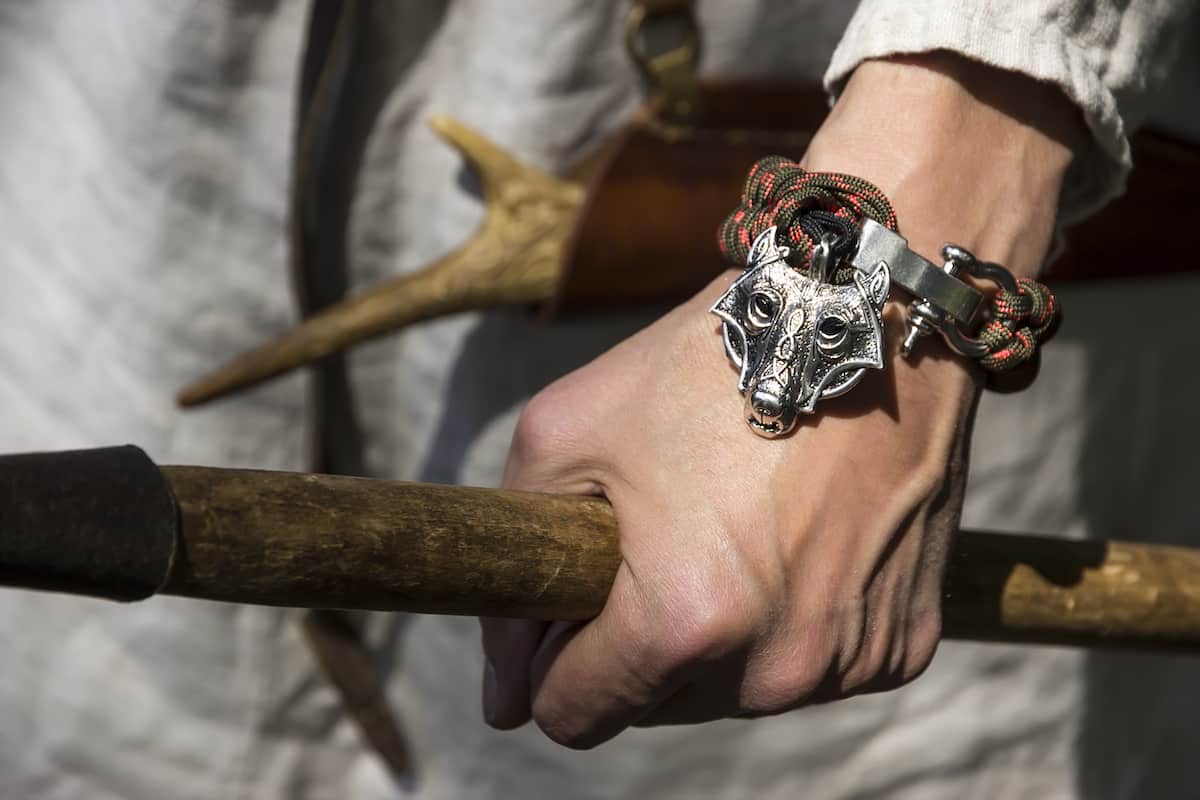 Bracelets
Bracelets